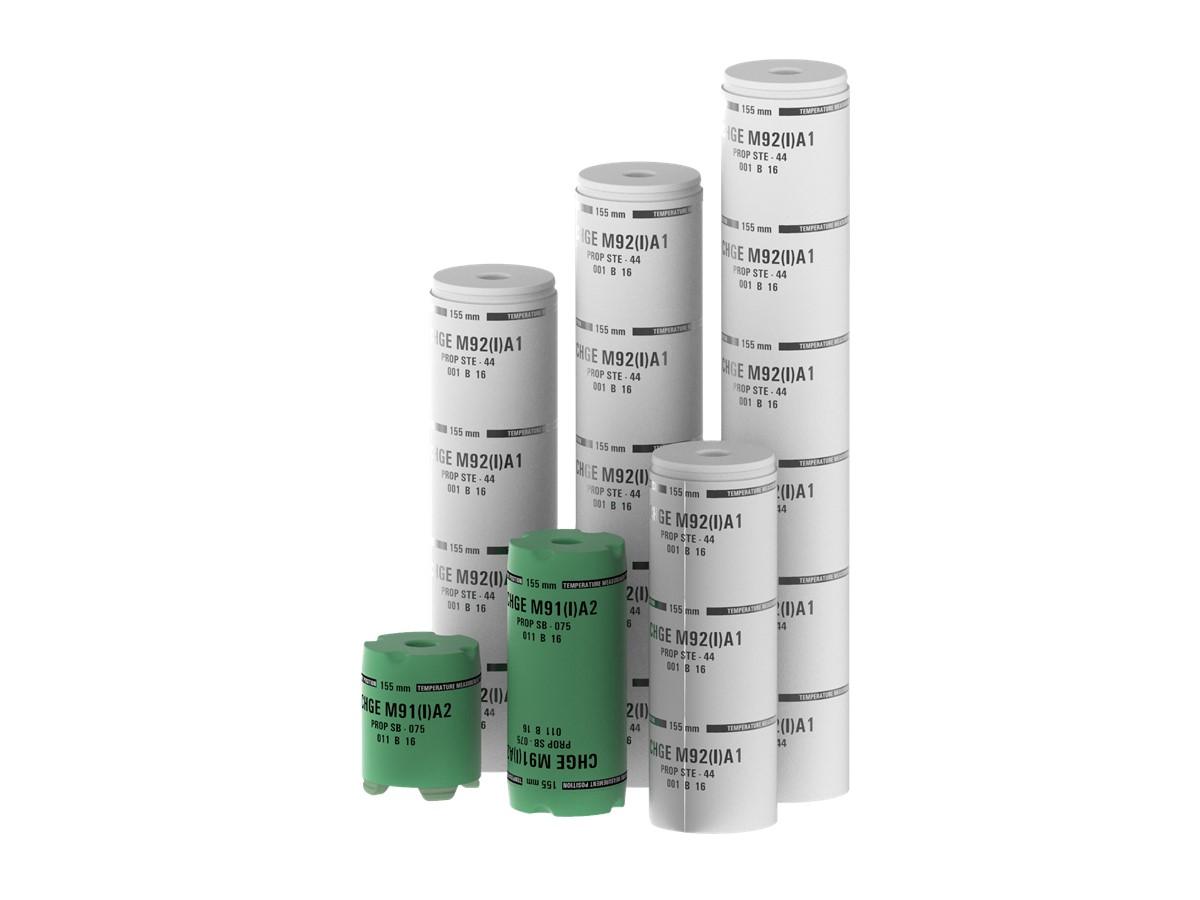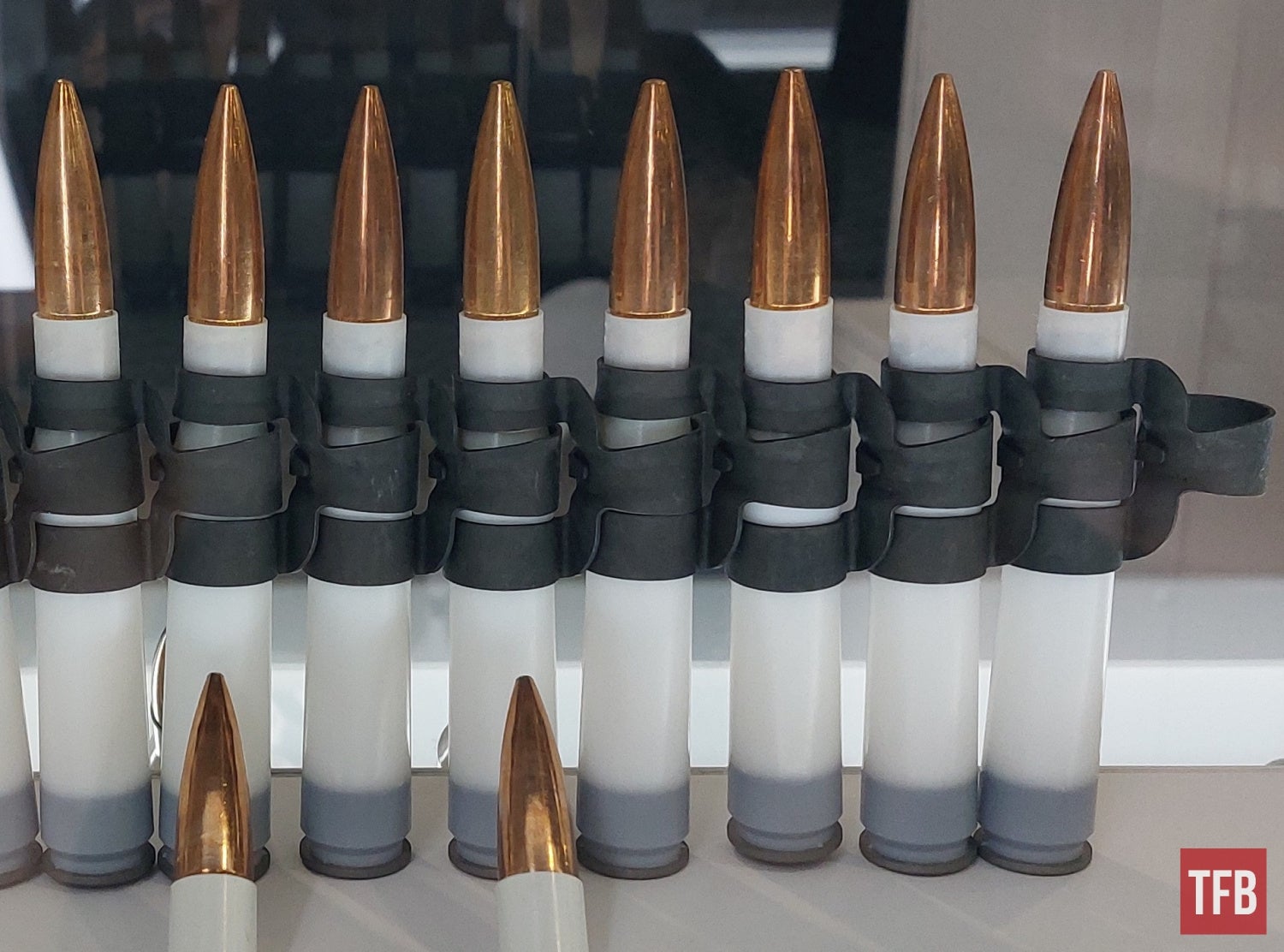6.8 Mm Nato - The 6.8mm Remington Special Purpose Cartridge (6.8 SPC, 6.8 SPC II, or 6.8×43mm) is a rimless bottled intermediate rifle cartridge developed by Remington Arms in collaboration with members of the Unit US Army Marksmanship and US Special Operations Command.
To possibly replace the 5.56 NATO cartridge in short barreled rifles (SBRs) and carbines. Based on the .30 Remington cartridge,
6.8 Mm Nato

It falls between the NATO 5.56×45mm and NATO 7.62×51mm bore diameters. It uses the same diameter bullet (generally not the same mass) as the .270 Winchester hunting cartridge.
Briston 40 Mm Clubmaster Classic Acetate Burgundy Nato Strap Quartz Watch
The 6.8mm SPC cartridge was designed to make up for the terminal ballistic deficiencies of the 5.56×45mm NATO cartridge that is in service with the armed forces of all NATO-aligned countries.
The cartridge was the result of the Hanseard rifle cartridge program. The 6.8 SPC (6.8×43mm) was originally developed by Master Sergeant Steve Holland and Chris Murray, gunners with the United States Army Marksmanship Unit.
Minimal loss in magazine capacity and negligible increase in recoil to deliver superior down-range lethality than the Remington 5.56 NATO/.223 in an M16 pattern service rifle.
The program began the design using a .30 Remington case, modified in length to accommodate magazines that would be accommodated by the magazine wells of the M16 family of rifles and carbines in service with the US Armed Forces.
Wenger Men's 01.1041.135 Urban Metropolitan Black Dial Black Leather Nato Strap Watch
In tests comparing bullets of different calibers using .30 Remington parts casings, Holland and Murray determined that a 6.5mm caliber projectile had the best accuracy and penetration, historical data dating back decades of external and terminal ballistics testing of the US Army, but a 7mm round had excellent terminal performance. The combination of case, powder charge, and projectile easily outperformed the Soviet 7.62×39mm and 5.45×39mm cartridges, and the muzzle velocity of the new cartridge was found to be approximately 61 m/s (200 ft/s). ) faster than the 7.62 x 39.
The 6.8mm Remington SPC was designed to work better in short-barreled CQB rifles after the underperformance of the 5.56 NATO, where the M16A4 was converted from the rifle configuration to the Curt M4 carbine. The 6.8 SPC offers 44% more power than the 5.56mm NATO (M4 configuration) at 100–300 meters (330–980 ft). The 6.8mm SPC is not ballistically equal to the 7.62×51mm NATO cartridge, but it has less recoil, is said to be more controllable in rapid fire, and is lighter, allowing operators to carry more ammunition than would otherwise be possible. Higher caliber rounds. The 6.8mm produces around 2,385 J (1,759 ft⋅lbf) of muzzle energy with a 7.5-gram (115 gr) bullet. By comparison, the 5.56×45mm round (which is designed to replace the 6.8) produces about 1,796 J (1,325 ft⋅lbf) with a 4.0 g (62 gr) bullet, giving it gives the 6.8mm bullet a terminal ballistic advantage of 588 J. (434 ft⋅lbf) from 5.56mm. One of the intriguing features of this cartridge is that it is designed for a short-barreled elgeth carbine rifle of the standard elgeth rifle (usually 41 cm (16 in)). The round gains only 7.6–10.7 m/s (25–35 ft/s) for every 25 mm of barrel length beyond a standard 410 mm (16 in) barrel (all else equal) up to a barrel length of around 560–610 mm (22–24 in) with no gain or loss in accuracy. It also works well on rifles with barrels shorter than 410 mm (16 in). In a precise development (2008-2012 period), ammunition manufacturer Silver State Armory LLC (SSA) and some custom rifle manufacturers increased the performance of the 6.8 SPC by approximately 61 to 91 m/s (200 to 300 ft/s). . with precise chambers and specifications of uses and barrel designs. The 6.8mm Remington SPC cartridge weighs, depending on the manufacturer and loading, between 16.8 and 17.6 grams (259 and 272 gr). Also, more precisely, LWRC, Magpul and Alliant Techsystems (ATK) presented a new AR-15 designed for the 6.8 SPC with a proprietary Magpul P-mags 6.8 and an overall cartridge length of 5.9 cm (2.32 in). . The personal defense weapon (PDW) known as the "Six8" is the SPC II with a 1:250 mm (10 in) twist and is capable of using all current factory 6.8 SPC ammunition.
Typical rifle trajectory information, including drop and velocity, is calculated with zero at 91 m (100 yd) at sea level.
Additional references are required to verify this section. Please help improve this article by adding citations from trusted sources. Unsourced material may be challenged and removed. Search Source: "6.8mm Remington SPC" – News Newspapers Books Academics JSTOR (August 2021) (Learn how and whether to remove this template message)
X Signal Lamps From Osram 6428 Sv7 8 12v, 12,50 €
In late 2004, the 6.8×43mm SPC was said to be doing well in the field against IMI fighters in special operations.
Although the cartridge was not used by conventional US military personnel. It was not adopted for widespread use due to resistance from officials.
The 6.8 SPC was designed for better terminal performance at the shorter urban warfare ranges experienced in Iraq. As the war in Afghanistan began to escalate, gametes began to occur at greater distances, where the 6.8 SPC began to wobble. Experts have suggested that the relatively small 6.8mm bullets have become ineffective at longer ranges.
In 2007, both US SOCOM and the US Marine Corps decided not to deploy 6.8mm chambered weapons due to cost and logistical concerns.
American Roberd Rogers, First Class Sergeant Of 725 Bomb Squad, Prepares To Explode Tank Shells Left In Saddam's Army Warehouses At Outskirt Of Mosul May 6, 2003. Nato Has No Position Yet
Although there have been many rumors about evaluation of the cartridge by several of the major AGCs of the federal and local armed forces, the US Drug Administration has allowed individual agencies to purchase the M6A2 D-DEA, which uses the 6.8mm Remington SPC, as an approved alternative. to your service weapon. In 2010, the Jordanian state arms manufacturer KADDB announced that it would produce 6.8mm rifles and carbines for the Jordanian army.
There is also a contract between LWRC, Magpul, Alliant Techsystems and the Saudi Royal Guard for approximately 36,000 Six8 PDW and an undisclosed amount of ATK/Federal XD68GD (90gr Gold Dot "training" ammunition) and proprietary Magpuls 68 P. LWRC Six8.
Barrett Firearms Company was the first major manufacturer to offer a version of the AR-15 chambered for 6.8mm Remington SPC, offering the Barrett M468 and later the REC7. By 2007, most major AR-15-type rifle manufacturers offered rifles of this caliber for the civilian arms market. Several smaller companies, including Daniel Diffs, produce dedicated AR upper receiver sets for the round. Ruger Firearms no longer produces the 6.8mm for its AR-15 variant of the Ruger SR-556 piston.

The Stag Arms Hunter and Tactical models use new chambers (SPC II) and specific twist rates to accommodate higher pressure loads, as well as superior receivers in left-handed configurations. Rock River Arms has a LAR-6.8 X Series rifle and up. Microtech Small Arms Research offers their version of the Steyr AUG in 6.8. Robinson Arms Company. offers the XCR-L in 6.8, which can be easily converted between 6.8, 5.56, and 7.62x39. Bushmaster has offered a 6.8 SPC II conversion kit on the market as of October 2018. Ruger Firearms has kept its Mini-14 Rancher rifles on this round for several years; However, it has been discontinued. Top Tip: When out and about in a light configuration, if you want a big ammo load, and if you want near-perfect accuracy at ranges of 500 yards or more, I recommend the aka 5.56x45mm . 223 Remington.
Winchester To Produce 6.8mm Ammunition For The Next Generation Squad Weapons
However, if you are in the 100-300 yard range and want to knock out your enemy in one go, I recommend the 6.8x43mm Remington SPC (Special Purpose Cartridge).
Ladies and gentlemen, my loyal blog readers, classmates, and old friends, today is one of my favorite topics to blog about: ammunition.
In the 1950s, the US Army was looking to replace the still heavy .308 Winchester (7.62x51mm NATO) which replaced the older WWII .30-06 (7.62x63mm) cartridge. Armalite and Springfield asked Remington to develop a Small Caliber High Velocity (SVHC) bullet from CONARC (Continental Army Command) requirements resulting in a .222 Remington and a .224 Springfield. Springfield, however, was forced to drop out of the CONARC competition, leaving Remington to manufacture and supply the ammunition. To avoid confusion between the .222 and the .224, the bullet was renamed the .223 Remington. Which is now the pillar and backbone of the US military and the global and NATO military.
The .223 is now the most produced small-caliber rifle bullet in the world, and with good reason. Almost every country uses it and it is produced so widely that almost anyone can buy it without a prescription. However, there are problems like in Vietnam with the ability to stop bullets. Being a fan of modern military weapons, I am well versed in weapons, their respective ammunition, and the limitations that come with their respective ammunition. In Vietnam, for example, on multiple occasions, VC or NVA soldiers were shot multiple times and miraculously stayed on their feet and fired back. In rare cases, some of them were shot, but look back:
Vintage 7.62mm Nato 200 Cartridge 7.62 M13 Ammo Box
You see, the 5.56 is an excellent and very accurate bullet, but the relatively small caliber and weight per minute mean that even if it can hit someone with some accuracy, there isn't enough kinetic energy or terminal velocity to take them down. .
5.56 then
68 mm bottom bracket, mm 68, 9 mm nato, nato strap 20 mm, 12 mm nato strap, 68 mm to inches, nato 5.56 mm, 68 in to mm, 21 mm nato, 68 mm ring size, 15 mm nato strap, 19 mm nato strap
0 Comments